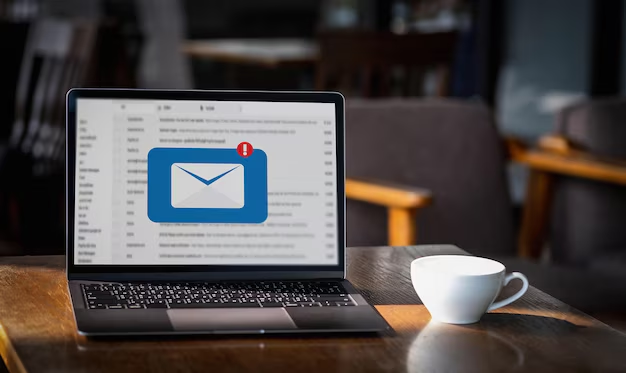Master the Art of Writing an Address for an Apartment
Writing an address might seem straightforward, but when it comes to filling out postal details for an apartment, there’s a bit more finesse required. Whether you’re sending out holiday cards, applying for a mail-in rebate, or just trying to ensure your favorite online store can find you with ease, knowing how to correctly format your apartment address is key.
Understanding the Basics of an Apartment Address
An apartment address must clearly convey not just the street location but also the specific unit you're in. Here’s a step-by-step guide to get it right:
Recipient's Name: Begin with the full name of the individual or entity receiving the mail.
Street Address: Write the street address. If the street name is a number, consider using numerals. For example, use 5th instead of Fifth.
Apartment Details: Directly under the street address, include your apartment number. This can be formatted as “Apt 101”, “Unit #101”, or simply “#101”. Keep it consistent across all your correspondence.
City, State, and ZIP Code: On the line below the apartment details, include the city followed by a comma, the abbreviated state name, and the ZIP code. For example: “Austin, TX 78701”. Accurate state abbreviations and a correct ZIP code are essential.
Country: If you're sending international mail, don't forget to add the recipient’s country on a new line at the end.
Address Format Example:
Common Mistakes to Avoid
Overly Complex Abbreviations: Stick to standard abbreviations recognized by postal services to ensure your mail doesn't get lost.
Cluttering the Address Line: Separate each part of the address on different lines for clarity.
Incorrect Apartment Number Placement: Always place the apartment number following the street address, not before it.
Transitioning to Financial Literacy
Understanding seemingly small details like how to correctly write an apartment address goes hand-in-hand with being as organized and precise in other areas of your life, such as managing your finances. Addressing your finances with the same meticulousness can lead to long-term benefits. Are you aware of the different resources available to help with financial management and support?
Exploring financial literacy can lead to smarter decisions, like knowing where to find government aid programs, navigate debt relief, and discover educational grants. Having access to the right resources can empower you to manage your expenses efficiently, leaving you in a better position to experience financial freedom.
Discover the Resources You Need:
- 💸 Financial Assistance Programs:
- SNAP for food support
- Medicaid for healthcare needs
- 📈 Debt Relief Options:
- Debt consolidation loans
- Credit counseling services
- 💳 Credit Solutions:
- Secured credit cards for building credit
- Zero-interest balance transfers
- 🎓 Educational Grants:
- Federal Pell Grants for college
- State-specific scholarships for residents
Through attention to details such as your address formatting and managing your finances, you can pave the way toward greater independence and peace of mind. Take a moment to explore these opportunities—small steps lead to big changes!
